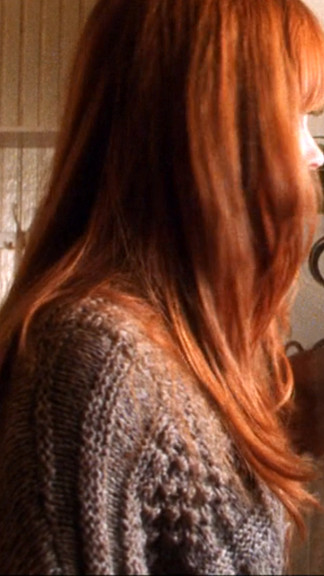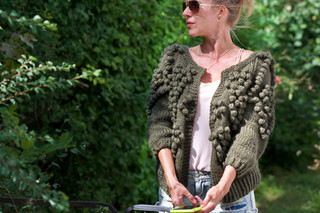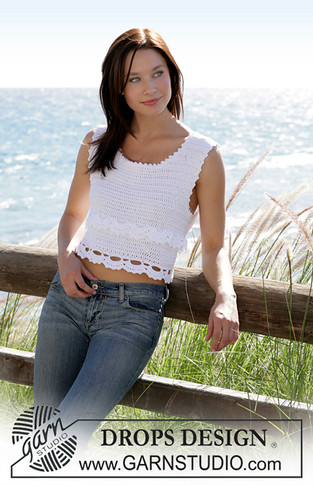Haunted houses and ghosts generally go hand-in-hand in horror movies. When there is a reference to a place being evil or haunted, it's usually because there is a ghost doing the haunting. But in Stanley Kubrick's 1980 adaption of Stephen King's The Shining, this haunted house hotel isn't just hosting a dead man's party; it seems to be a living entity in itself, both containing and fed by malicious ghosts that linger from vile acts perpetrated in the hotel's past. It's next meal? The Torrance family.

Jack Torrance accepts a position to be the winter watchman for The Overlook Hotel, an impossibly remote retreat set in the snowy mountains of Colorado. Along with his wife, Wendy and his son, Danny, Jack will spend the next several months taking care of the hotel while he writes his novel. Five-year-old Danny is reluctant to go to the hotel because his imaginary friend, Tony, warns him about the dangers there.
When they arrive, Wendy and Danny are taken on a tour of the kitchen by the head chef, Dick Hallorann, who recognizes something special about Danny. During a moment alone, Dick talks to Danny about the 'shining', a kind of telepathy or second sight, which can allow people who have it to know or see things they might otherwise not, or to be able to communicate without speaking. He questions Danny about this special sensitivity they share and tells him that the hotel can be dangerous to those with the shining ability, because the hotel can "shine" too and has a lot of horrors in its past.

"You know some places are like people. Some shine and some don't.
I guess you could say the Overlook Hotel here has something about it that's like shining."
The Overlook is filled to the brim with ghosts. One notable specter is Mr. Grady, the previous caretaker, who went mad and killed his family, including his twin daughters who appear to Danny more than once in the film. Danny is also attacked by an old woman haunting room 237 and when he returns to Wendy, catatonic with his sweater ripped, Wendy accuses Jack of hurting Danny (as he has in the past) and the rift between husband and wife escalates rapidly from there.
Like the previous caretaker, Jack is driven mad by the hotel and becomes cruel and murderous toward his family. The book and movie differ in how this plays out, but by the end, everyone's seeing ghosts, some people lose their marbles, and some their lives.
Let's get to the knit.
Some of the earliest knit seen in the film is the late-70's-oh-so-chic cowl neck pullover worn by Wendy when they arrive at the hotel. She looks like she's ready to take on anything and is excited about staying in such a luxurious place.
Knit the look! Check out these paid and free patterns, in either knit and crochet:
Easton pullover by Amy Herzog (knit) ; Mere pullover by Berroco (knit, free pattern) ; Balsam pullover from Interweave (crochet); Side to Side Cowl Neck Sweater by Lion Brand Knits (crochet, free pattern)

Jack's knitwear is basic and classic throughout. At the beginning of the film, Jack interviews with his new boss and both are sporting crochet ties (common fashion for that time). Jack also wears a couple of basic pullovers including this raglan-style, ribbed turtleneck pullover. It looks well-loved as it's starting to pill a bit, which you can see if you look closely. Do you think they remembered to pack their fabric shaver along with their bludgeoning baseball bat?
A sweater like this is a great wardrobe staple for men and women alike. Perfect for running errands in the winter, enjoying your cup of coffee on a chilly morning in the lounge, or staring into the abyss while a ballroom full of malevolent ghosts convince you to axe-murder your family. So versatile!
Knit the look:
Santiam Canyon / Kay Hopkins (knit); Men' Ribbed Turtleneck / Karabella Yarns (knit); Of the Sea pullover / Drops Design (knit; free); Firenze pullover / Drops Design (knit; free)
Up next is probably the most famous piece of knitwear from the film, Danny's Apollo sweater, which looks to be knit using the intarsia method, with the lettering embroidered afterward.
Knit the look in a child or adult version:
Child: Apollo Sweater by Pipersgirls
Adult: Kubrick Apollo Sweater by Les Souter / Allcraftsles
Danny's Apollo sweater gets a bit ripped when the scary ghost lady from the famously evil room 237 tried to choke him. Rude! That was probably lovingly hand knit and will now need repair. Do you think Wendy knits? Can you imagine all the time you'd have to knit while staying in an evil hotel all season? Ok, maybe less than it would seem.

Whether or not Wendy knits herself, she certainly likes to wear it. She spends pretty much the last half of the movie in this ensemble, including a tan, ribbed turtleneck (which I suspect might be a dickey) and a woolly, fluffy looking colorwork cardigan in a variety of neutrals. While she doesn't look to happy about it, I think that's probably just the whole my-kid-is-crazy-and-my-abusive-husband-is-possessed stress getting to her.
The cardigan looks like woolen-spun, animal fiber such as wool or alpaca, in a worsted or aran weight yarn. A woolen-spun yarn (as opposed to a worsted-spun yarn) is spun so that a lot of air is trapped in the fiber and the yarn made is very lofty, usually with a bit of a "halo" (it looks fuzzy).
Looking closely at the shoulders, there does not appear a shoulder seam. The stitches and pattern are continuous all around the yoke, which means it was probably knit in the round (knit as one big circle instead of back and forth like a flat piece that has to be joined with another flat piece to make a garment). To knit a cardigan in the round, a technique called "steeking" must be employed so you can have an opening down the front (otherwise it's called a pullover because to put it on you... well, you get it). Steeking is the process of cutting your knit without your entire project unraveling. It's a magical display of knit-chcraft talent!
Knit the look!
L to R: Throwback cardigan / Andrea Mowry (knit); Zig-zag cardigan / Bernat (knit, free); Mandelbrot / Irene Parigi (knit)

Snuggle up to watch all your spooky movies under the blanket that looks just like the Overlook hotel carpet in the hallway where Danny plays. The carpet in the Overlook hotel is iconic, and Joleen Kraft of Kraftling has designed a crochet blanket in the style of that carpet. Get the Shining carpet blanket pattern.

Further geeking:

























































































